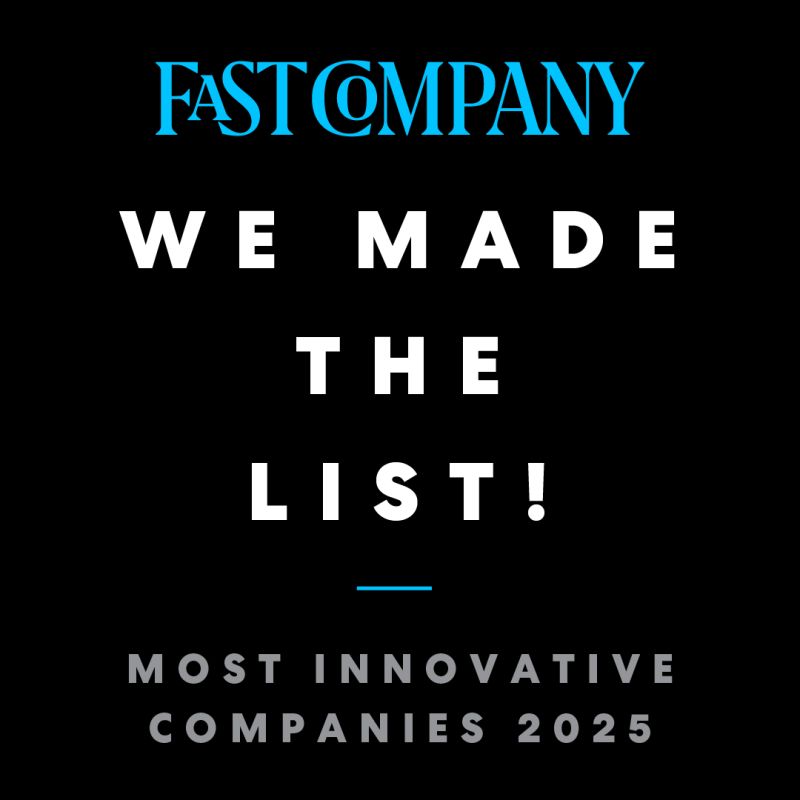Four CFO Pain Points Every Construction Firm Should Eliminate

If you’re a leader at a specialty contractor, you’re seeing labor and materials costs rise, and productivity dip. The impact to your cash flow is clear, but solutions to these problems may not be so obvious. Senior financial leaders in the industry today have to juggle numerous goals, but your main focus is the bottom line. The advisory firm Doeren Mayhew points to the following core construction CFO objectives that keep financial leaders focused on profitability:
- Taking ownership of financial operations; analyzing financial statements
- Handling projections and budgets
- Working to maximize cash flow
- Instituting the right workflows and policies to keep reporting accurate
- Uniting finance and business objectives
- Overseeing the capital structure of the company
- Handling tax strategy
- Negotiating with financial institutions
- Providing input on technology procurement projects
This is a huge range of responsibility, and it comes with several crucial pain points that finance and accounting leaders experience every day. Yes, they are frustrating, but not insurmountable. Kojo has talked to these leaders at contractors both big and small and you’re not alone in your frustration.
1. Checks stink
Paper checks are a massive headache for finance leaders everywhere. But construction firms tend to lean heavily on check payments to vendors, amplifying the effects of this headache.
Paper checks are expensive.
10 years ago, Bank of America estimated that the typical business check costs from $4 to $20, between printing and shipping costs, and time needs.
They require complicated workflows.
The process of cutting a paper check requires alignment and communication between numerous team members: Purchasing, accounting, and project managers all need to be in sync.
They can get lost, or worse—stolen.
Misplacing a small piece of paper is easy. Stealing one is easy, too. The issue of check theft has become so severe that the US Postal Service specifically recommended against sending checks in the mail.
They are vulnerable to fraud.
Even beyond the straightforward crime of check theft, paper checks are also vulnerable to fraud. Recent research indicates that 31% of US small businesses experienced check fraud in 2023.
They make cash flow management difficult.
Because they aren’t automatically processed by the recipient’s bank, instead requiring another person to make a deposit on their own time, checks throw off cash flow management and planning.
They make things hard for vendors.
Vendors hate receiving checks because they require maintenance of a mail drop box. Furthermore, it’s easy—and surprisingly frequent—for vendors to misapply checks to the wrong invoices, leading to issues for everyone.
If checks are fraught with so many problems, why are so many construction companies still using them in their day-to-day operations?
First and foremost, paying via check is just the way business has always been done. Especially within construction, checks are just part and parcel with doing business.This is a similar reason for avoiding innovation in many different time-consuming and poorly optimized areas. Additionally, construction companies sometimes say that they actually prefer the lag time that physical mail provides.
We get it, checks are a relic we are hanging on to. But do the benefits outweigh the risk when cashflow is such a priority? This makes checks one of the biggest pain points construction finance and accounting leaders have to contend with.
2. Paying vendors
Our #2 pain point is closely related to the issue of paper checks. But whether you’re using them or not, the process of paying vendors is inherently challenging.
Am I the bottleneck here?
The process of approving vendor payments takes time and requires a lot of other data and communication in order to pay with confidence, meaning that payment deadlines are frequently missed. This can lead to a loss of rebate opportunities from vendors, and actually open contractors up to late payment fees.
Vendor payment terms are a missed opportunity.
Although it can be challenging, contractors that manage to get on top of their vendor payment processes stand to benefit in several ways. First, of course, are the vendor rebate for early payments: vendors will often credit you 3-5% of an order for paying within 15 days of receipt. On top of this is the benefit of happier vendors perhaps leading to long-term cost benefits. Avoiding late fees, taking advantage of vendor discounts for timely, predictable payments, and keeping as much leverage as possible for future price negotiations—excelling when it comes to payment processes can have a direct impact on the bottom line.
3. Manual data entry
Pivoting away from payments, CFOs also experience struggles with manual data entry and managing the reconciliation process. Each project generates mountains of paperwork—an entire challenge in and of itself. According to our own internal research, the cost of processing each purchase order amounts to $68. Multiply that by the POs you submit monthly, and it can be sobering data.
Doing more with your AP team.
One specific touchpoint here is Accounts Payable (AP). AP team processes may seem effective enough at first glance, but the sheer number of issues these critical teams need to deal with is almost overwhelming:
- Inaccurate or misplaced records
- Manual updates of data with every transaction
- Challenges matching the pace of project teams
- Spending nearly 3 business days to reconcile an invoice
These problems have solutions, from standardizing processes and leveraging the right tools. Still, these challenges equal a loss of productivity to companies that haven’t tackled them.
Reconciliation processes are a pain point all of their own. All of that paperwork doesn’t even amount to the full scope of information accounting teams need to wade through in order to complete this critical task. Even the most tech-shy businesses will inevitably have some electronic records. Managing all of this fragmented data is nothing short of a nightmare even before the reconciliation process begins.
4. Out of control costs
Finally, costs spiraling out of control is another source of contractor heartburn. The subjects of labor and material costs have already been discussed in depth, but unfortunately these aren’t the only costs accounting and finance leaders need to watch out for.
A tech stack that is too tall.
Solving all the above problems could lead companies to adopt a patchwork of different tech solutions. A tool for the AP team here, a platform for accounting there; all of the sudden, your company is facing a massive bill for a massive tech stack. Each tool can feel like it solves an issue, but if it is a point solution and not a holistic fix, it may miss the mark and end up costing you more than the value it provides. Plus, the training. Both new and long-term employees have to learn this tech stack, too.
Beyond the tech stack, the cost of simple mistakes adds up. Whether it’s an invoice processed late or a payment sent in error, there are a million ways to wind up paying more money than you need to in construction. Alongside the cost of checks discussed above, even “business as usual” comes with a hefty bill.
What would the perfect solution look like?
Eliminating these pain points would make finance and accounting leaders much happier. What would it take to identify the kind of tech solution that could achieve this goal, without contributing to your accounting and finance leaders’ high blood pressure?
We break the tech procurement process down into three major steps.
- Identify pain points and sell the vision
First, you’ll need to determine whether there is a need for a tool, and whether now is the time to begin the implementation process. This involves speaking to stakeholders, rallying buy-in from decision makers and end users alike, and setting expectations ahead of time.
- De-risk implementation
In this phase, you’ll minimize risks while actually choosing and deploying the tool. This involves assessing the suitability of potential tech platforms and their vendors alike. Too often, tech vendors set expectations for a speedy deployment only to have to walk back on their promises.
- Drive end user adoption
The work isn’t done once you’ve paid for a tech platform. In this step, the work to be done shifts into driving adoption amongst the end users, whether they’re purchasing teams, foremen, field crews, or finance leaders. Remember to track the ROI of the platform from as early a point as possible—this will help you decide on renewing or canceling your subscription down the road.
Accounting and finance leaders will continue to increase in importance within contractors as the challenges facing the industry, and the opportunities to improve legacy processes, continue to accrue. At Kojo, our vision is to provide the construction industry with a one-stop shop for every step in the procurement workflow. We believe that by giving firms the ability to take control of their own finances and pay vendors right from our platform, we’ll help these firms digitize and systematize some of the most complex parts of the construction business.
Related posts


Wesco Partners with Kojo to Solve Complex Purchase Orders For Contractors


Kojo Named One of Fast Company’s Most Innovative Logistics Companies of 2025




.png)
%201.svg)